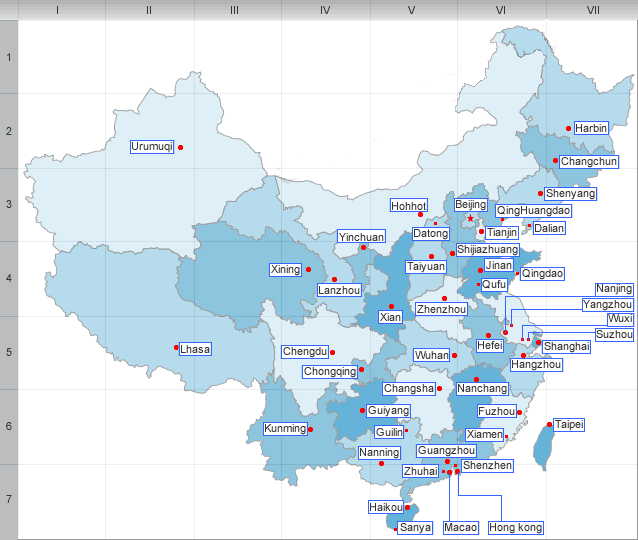History,Culture and Ethnic group of Guangxi
History
Guangxi’s recorded history dates from 45 BC, and it was given its present name during the Song dynasty. With Guangdong, it became the base of the Nationalist Party under Sun Yat-sen in the early 20th century. Local leaders later formed the Guangxi Clique in opposition to Chiang Kai-shek, who crushed their revolt in 1929. Guangxi was declared a province of the People’s Republic of China in 1949, and in 1958 it became an autonomous region.
Culture
Guangxi is known for its linguistic diversity. In the capital of Nanning, for example, four dialect-languages are spoken locally: Southwestern Mandarin, Cantonese, Pinghua, and Zhuang.
Ethnic group
Guangxi has a high concentration of Zhuang, The Zhuang are the second largest ethnic group in China after the Han. Over 90% of Zhuang in China live in Guangxi, and are by far the largest minority in the region, especially in the central and western regions. There is also a significant number of both Dong and Miao minority peoples. Other ethnic groups include: Yao, Hui, Yi (Lolo), Shui, and Gin (Vietnamese).
| PREV:Geography and climate of Guangxi | Next:Economy and Tourism of Guangxi |



